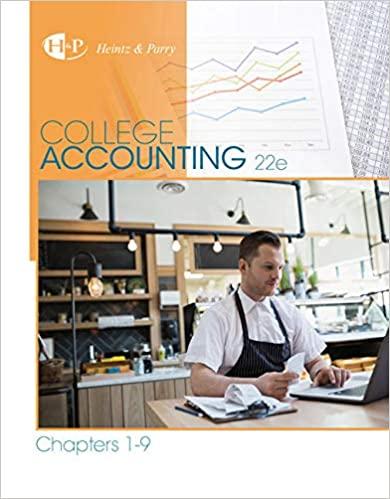Question
DEALER'S ABSORBING STATE PROBABILITIES IN BLACKJACK The game of blackjack (sometimes called 21) is a popular casino game. The goal is to have a hand
DEALER'S ABSORBING STATE PROBABILITIES
IN BLACKJACK
The game of blackjack (sometimes called "21") is a popular casino game. The goal is to
have a hand with a value of 21 or as close to 21 as possible without exceeding 21. The
player and the dealer are each dealt two cards initially. Both the player and dealer may
draw additional cards (called "taking a hit") in order to improve their hand. If either the
player or dealer takes a hit and the value of the hand exceeds 21, the player or dealer is said
to have gone broke and loses. Face cards and tens count 10 points, aces can be counted as
1 or 11, and all other cards count at their face value. The dealer's advantage is that the player
must decide on whether to take a hit first. The player who takes a hit and goes over 21 goes
broke and loses, even if the dealer later goes broke. For instance, if the player has 16 and
draws any card with a value higher than a 5, the player goes broke and loses. For this reason,
players will often decide not to take a hit when the value of their hand is 12 or greater.
The dealer's hand is dealt with one card up and one card down. So, the player's decision
of whether to take a hit is based on knowledge of the dealer's up card. A gambling
professional asks you to help determine the probability of the ending value of the dealer's
hand given different up cards. House rules at casinos require that the dealer continue to
take a hit until the dealer's hand reaches a value of 17 or higher. Having just studied
Markov processes, you suggest that the dealer's process of taking hits can be modeled as a
Markov process with absorbing states.
Managerial Report
Prepare a report for the professional gambler that summarizes your findings. Include the
following:
1.At some casinos, the dealer is required to stay (stop taking hits) when the dealer
hand reaches soft or hard 17. A hand of soft 17 is one including an ace that may be
counted as 1 or 11. In all casinos, the dealer is required to stay with soft 18, 19, 20,
or 21. For each possible up card, determine the probability that the ending value of
the dealer's hand is 17, 18, 19, 20, 21, or broke.
2.At other casinos, the dealer is required to take a hit on soft 17, but must stay on all
other hands with a value of 17, 18, 19, 20, or 21. For this situation, determine the
probability of the ending value of the dealer's hand.
3.Comment on whether the house rule of staying on soft 17 or hitting on soft 17 appears
better for the player.
Step by Step Solution
There are 3 Steps involved in it
Step: 1

Get Instant Access to Expert-Tailored Solutions
See step-by-step solutions with expert insights and AI powered tools for academic success
Step: 2

Step: 3

Ace Your Homework with AI
Get the answers you need in no time with our AI-driven, step-by-step assistance
Get Started


